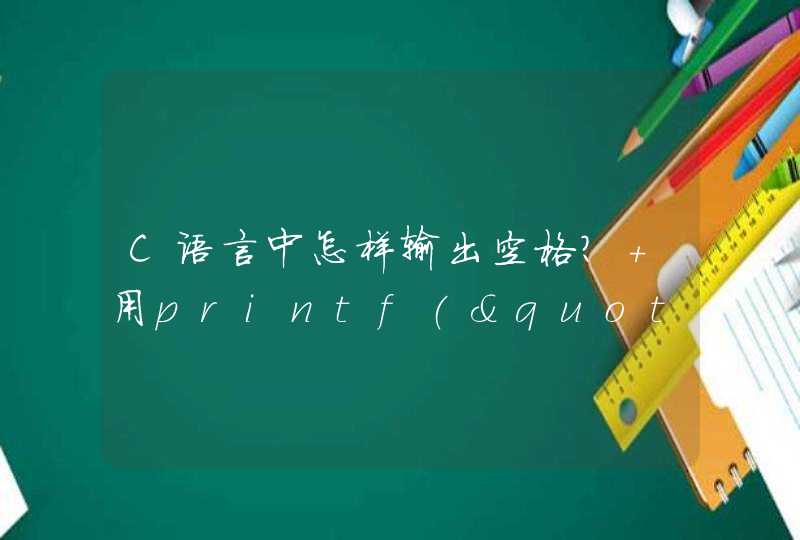
本文基于R语言进行基本数据统计分析,包括基本作图,线性拟合,逻辑回归,bootstrap采样和Anova方差分析的实现及应用。
不多说,直接上代码,代码中有注释。
1. 基本作图(盒图,qq图)
#basic plot
boxplot(x)
qqplot(x,y)
2. 线性拟合
#linear regression
n = 10
x1 = rnorm(n)#variable 1
x2 = rnorm(n)#variable 2
y = rnorm(n)*3
mod = lm(y~x1+x2)
model.matrix(mod) #erect the matrix of mod
plot(mod) #plot residual and fitted of the solution, Q-Q plot and cook distance
summary(mod) #get the statistic information of the model
hatvalues(mod) #very important, for abnormal sample detection
3. 逻辑回归
#logistic regression
x <- c(0, 1, 2, 3, 4, 5)
y <- c(0, 9, 21, 47, 60, 63) # the number of successes
n <- 70 #the number of trails
z <- n - y #the number of failures
b <- cbind(y, z) # column bind
fitx <- glm(b~x,family = binomial) # a particular type of generalized linear model
print(fitx)
plot(x,y,xlim=c(0,5),ylim=c(0,65)) #plot the points (x,y)
beta0 <- fitx$coef[1]
beta1 <- fitx$coef[2]
fn <- function(x) n*exp(beta0+beta1*x)/(1+exp(beta0+beta1*x))
par(new=T)
curve(fn,0,5,ylim=c(0,60)) # plot the logistic regression curve
3. Bootstrap采样
# bootstrap
# Application: 随机采样,获取最大eigenvalue占所有eigenvalue和之比,并画图显示distribution
dat = matrix(rnorm(100*5),100,5)
no.samples = 200 #sample 200 times
# theta = matrix(rep(0,no.samples*5),no.samples,5)
theta =rep(0,no.samples*5)
for (i in 1:no.samples)
{
j = sample(1:100,100,replace = TRUE)#get 100 samples each time
datrnd = dat[j,]#select one row each time
lambda = princomp(datrnd)$sdev^2#get eigenvalues
# theta[i,] = lambda
theta[i] = lambda[1]/sum(lambda)#plot the ratio of the biggest eigenvalue
}
# hist(theta[1,]) #plot the histogram of the first(biggest) eigenvalue
hist(theta)#plot the percentage distribution of the biggest eigenvalue
sd(theta)#standard deviation of theta
#上面注释掉的语句,可以全部去掉注释并将其下一条语句注释掉,完成画最大eigenvalue分布的功能
4. ANOVA方差分析
#Application:判断一个自变量是否有影响 (假设我们喂3种维他命给3头猪,想看喂维他命有没有用)
#
y = rnorm(9)#weight gain by pig(Yij, i is the treatment, j is the pig_id), 一般由用户自行输入
#y = matrix(c(1,10,1,2,10,2,1,9,1),9,1)
Treatment <- factor(c(1,2,3,1,2,3,1,2,3)) #each {1,2,3} is a group
mod = lm(y~Treatment) #linear regression
print(anova(mod))
#解释:Df(degree of freedom)
#Sum Sq: deviance (within groups, and residuals) 总偏差和
# Mean Sq: variance (within groups, and residuals) 平均方差和
# compare the contribution given by Treatment and Residual
#F value: Mean Sq(Treatment)/Mean Sq(Residuals)
#Pr(>F): p-value. 根据p-value决定是否接受Hypothesis H0:多个样本总体均数相等(检验水准为0.05)
qqnorm(mod$residual) #plot the residual approximated by mod
#如果qqnorm of residual像一条直线,说明residual符合正态分布,也就是说Treatment带来的contribution很小,也就是说Treatment无法带来收益(多喂维他命少喂维他命没区别)
如下面两图分别是
(左)用 y = matrix(c(1,10,1,2,10,2,1,9,1),9,1)和
(右)y = rnorm(9)
的结果。可见如果给定猪吃维他命2后体重特别突出的数据结果后,qq图种residual不在是一条直线,换句话说residual不再符合正态分布,i.e., 维他命对猪的体重有影响。
非常好学。输入几行代码,即可得到结果。R不但数据分析好用,而且作图能力极好,推荐你用。
下面是R数据分析的一些代码,包括数据导入、方差分析、卡方测验、线性模型及其误差分析。希望可以帮到你:
1.1导入数据
install.packages('xslx')
library(xlsx)
Sys.setlocale("LC_ALL", "zh_cn.utf-8")
a=read.xlsx2('d:/1.xlsx',1,header=F)
head(a)显示前六行
class(a$y)/str(a)查看列/全集数据类型
a$y=as.numeric(a$y)转换数据类型
1.2方差分析(F test)
with(a,tapply(liqi,tan,shapiro.test))正态性检验
library(car)leveneTest(liqi~tan,a)方差齐性检验
q=aov(liqi~tan*chong,a)方差分析(正态型)
summary(q)
TukeyHSD(q)多重比较
1.3卡方测验(Pearson Chisq)
a1=summarySE(a,measurevar='y', groupvars=c('x1','x2'))卡方检验(逻辑型/计数型)
aa=a1$y
aaa=matrix(a2,ncol=2)
aaa= as.table(rbind(c(56,44), c(36,64), c(48,52),c(58,42)))
dimnames(aaa)= list(group=c("不添加抗性","不添加敏感","添加抗性","添加敏感"),effect=c("存活","死亡"))
aaa=xtabs(data=a,~x+y)
chisq.test(a)误差分析(卡方测验,Pearson法)
install.packages("rcompanion")
library(rcompanion)
pairwiseNominalIndependence(a)多重比较
1.4线性模型及其误差分析(Wald Chisq)
q=lm(data=a,y~x1*x2)一般线性模型(正态性)
summary(q)
q=glm(data=a,y~x1*x2,family = gaussian(link='identity'))广义线性模型(正态性)
summary(q)
q=glm(data=a,y~x1*x2,family = binomial(link='logit'))广义线性模型(逻辑型,二项分布)
summary(q)
q=glm(data=a,y~x1*x2,family = poisson(link='log'))广义线性模型(计数型,泊松分布)
summary(q)
install.packages('lmerTest')一般线性混合效应模型(正态性)
library(lmerTest)
install packages(‘lme4’)
library(lme4)
q=lmer(data=a,y~x1*(1|x2))
q=lmer(data=a,y~x1*(1|x2),family = gaussian(link='identity'))广义线性混合效应模型(正态性)
q=glmer(data=a,y~x1*(1|x2),family = binomial(link='logit'))广义线性混合效应模型(逻辑型,二项分布)
q=glmer(data=a,y~x1*(1|x2),family = poisson(link='log'))广义线性混合效应模型(计数型,泊松分布)
summary(q)
install.packages('car')
install.packages('openxlsx')
library(car)
install.packages('nlme')
library(nlme)
Anova(q,test='Chisq')线性模型的误差分析(似然比卡方测验,Wald法)
lsmeans(q,pairwise~chuli,adjust = "tukey")线性模型的多重比较(tukey法)





































































